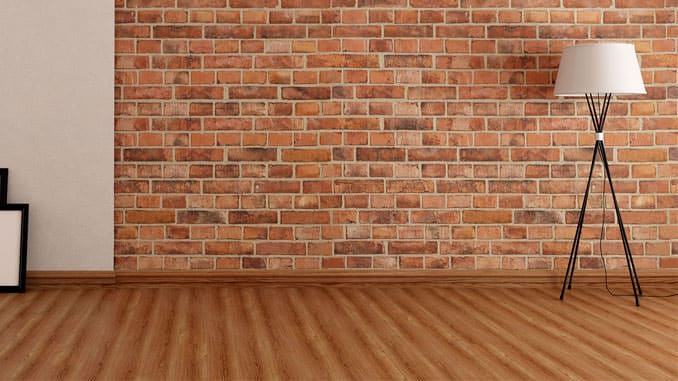
A thought that unites all women is that of cleaning their homes. In fact, they take care to keep their home clean and pint. Sometimes you don’t need to buy a detergent to achieve excellent results. It can also use natural ingredients against the attacks of dust and dirt.
If exposed bricks are in your furniture and you want to revive their appearance, get some natural ingredients. By doing so, you can carry out a deep cleaning without using harmful products both to your hands and the bricks themselves.
By reading this tutorial, you can have some useful tips and correct indications on cleaning exposed bricks with ingredients.
Bricks are very porous, and this characteristic exposes them to the absorption of dust and dirt. Therefore, in protecting them, it is necessary to clean them often but do not use too corrosive detergents. Indeed, the latter certainly damage their surface.
The first step to start cleaning the bricks is to get everything you need. It is advisable to take common baking soda, Marseille soap, and water. Then it would help if you equipped yourself with adequate sponges and possibly a pair of gloves to protect your hands.
At this point, you can safely begin cleaning. It starts by cutting flakes from Marseille soap which are then dissolved in a bucket half-filled with warm water. After that, it only takes a couple of tablespoons of soap.
Then, a non-abrasive sponge is dipped into the soap and water solution and rubbed along the entire wall. This method is practical and effective in removing all the dust from the bricks.
If, on the other hand, the stains are more stubborn, take the baking soda and mix it with a couple of tablespoons of water. A kind of paste is obtained; using a sponge, you must spread this compound on the stains to be removed.
The solution is left to act for a couple of hours, and then with brushing with hard bristles, the stains are eliminated. After doing this, rinse the wall with water. In this way, the bricks are cleaned without using expensive and, at the same time, corrosive products that can damage the surface of the wall.